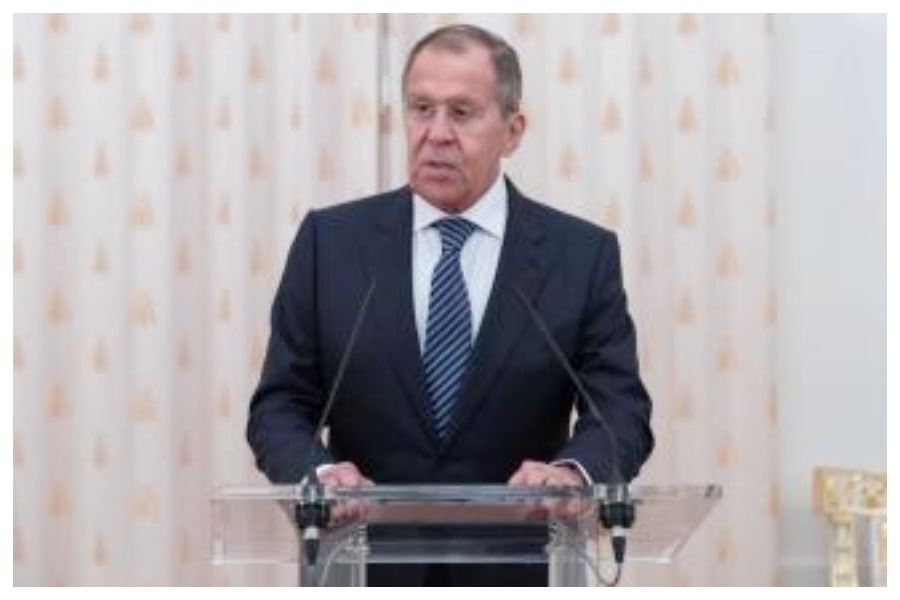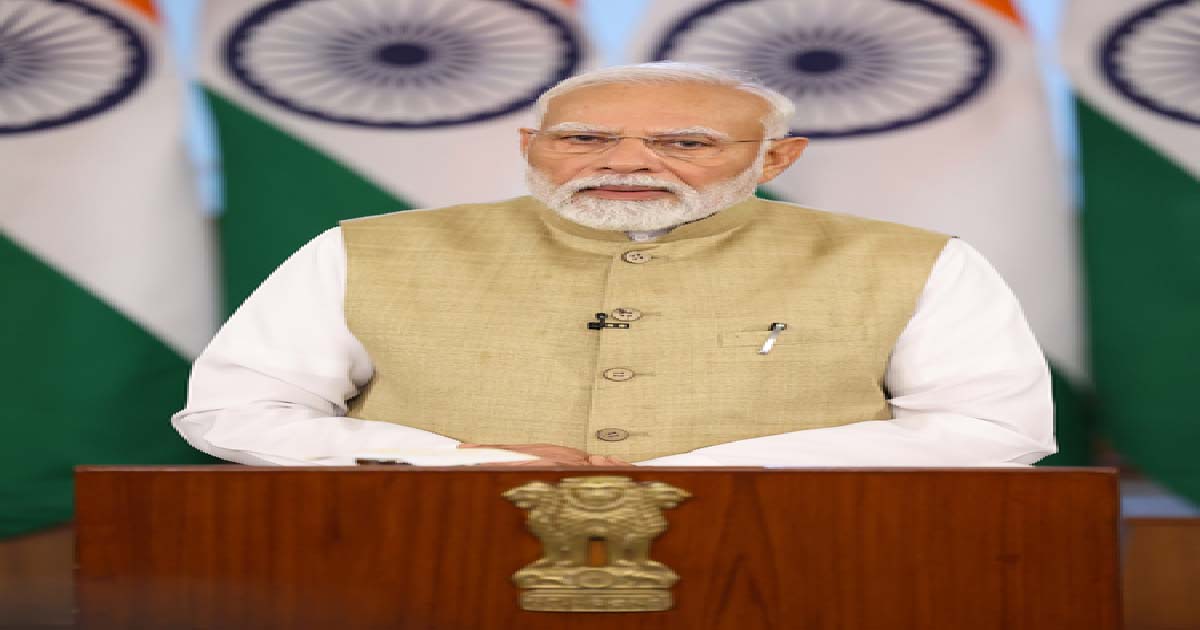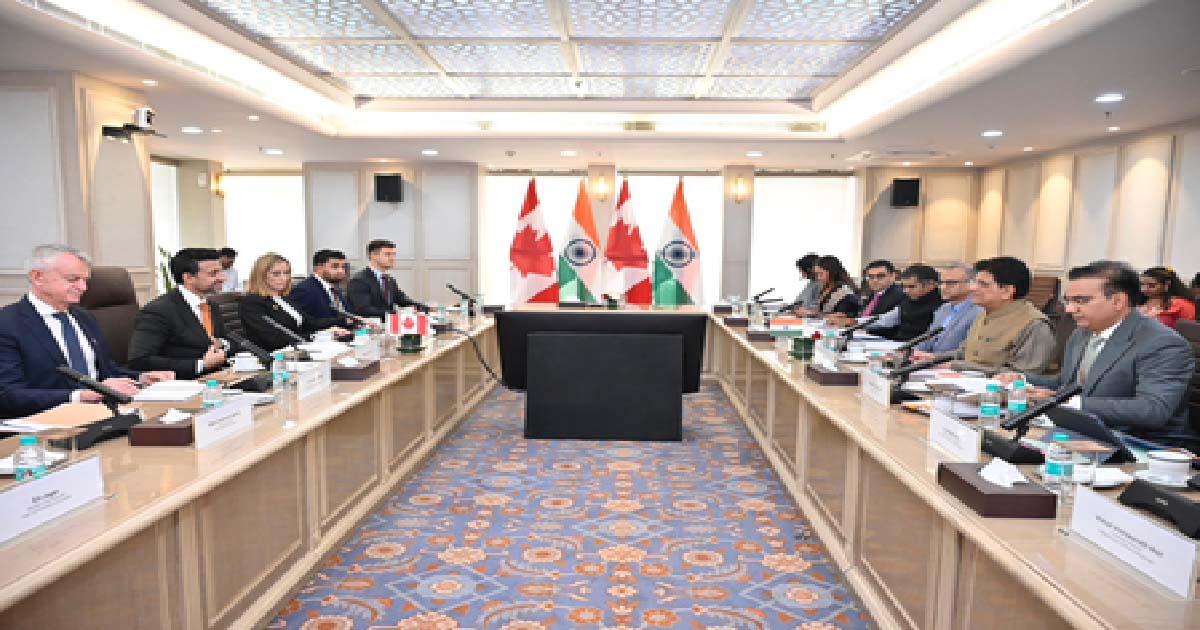International News
Russia ready to continue high-level negotiations with Ukraine

Following a new round of negotiations between Moscow and Kiev amid the ongoing war between the two sides, Russian Foreign Minister Sergei Lavrov said that his country is prepared to continue high-level trilateral negotiations with Ukraine mediated by Turkey.
“If such initiatives appear, we would only be happy to continue communicating in this format,” Xinhua news agency quoted Lavrov as saying at a press conference following his talks with Turkish counterpart Mevlut Cavusoglu in Moscow.
He explained that Russia would only be interested in talks with Ukraine if these would lead to concrete results and solve existing problems.
According to Cavusoglu, Turkey is ready to host a potential meeting between the presidents of Russia and Ukraine.
Lavrov met his Ukrainian counterpart Dmytro Kuleba in Turkey’s southern province of Antalya last week on the sidelines of an international forum.
This was the first high-level meeting between Moscow and Kiev since Russia launched a “special military operation” in Ukraine on February 24.
Earlier on Wednesday, Russian presidential aide Vladimir Medinsky said Russia and Ukraine have achieved some progress on a number of issues during the new round of talks.
“Some progress has been achieved on a number of positions, but not all. The positions of the parties are quite clear, we are moving slowly,” local media reported, citing Medinsky, who is also the head of Moscow’s delegation.
“The preservation and development of Ukraine’s neutral status, Ukraine’s demilitarisation along with a whole range of issues related to the size of the Ukrainian army are being discussed,” Medinsky said, adding that the Ukrainian side had proposed a Swedish or Austrian example of a neutral demilitarised state.
The Russia-Ukraine conflict continues on Thursday as relevant parties are working to broker a peaceful solution.
For South Africa’s Deputy President David Mabuza, diplomacy remains “the key tool” to end the Ukraine-Russia conflict and no amount of condemnation and side taking will resolve this problem.
South Africa continues to call for the parties to work together towards building trust and confidence by “intensifying existing peace mechanisms and dialogue” in order to achieve long-lasting solutions to the conflict, he said.
In another development, NATO General Secretary Jens Stoltenberg said on Wednesday in Brussels that the organization is working on resetting its deterrence and defense in the context of the Russia-Ukraine conflict.
“We face a new reality for our security. So we must reset our collective defence and deterrence for the longer term,” said Stoltenberg following the extraordinary meeting of NATO ministers of defence, of which Defence Ministers from Ukraine, Georgia, Finland and Sweden also participated.
The NATO’s military commanders have been tasked with developing options on land, in air, at sea, in the cyber space, and in space, according to Stoltenberg.
The process for the reset started with a political decision, which is now followed by a consultation of the military commanders, who should issue their advice within weeks, he said, adding that leaders of NATO member states will make a decision by June.
International News
‘My thoughts with those who lost loved ones’: PM Modi on Saudi bus accident

New Delhi, Nov 17: Prime Minister Narendra Modi on Monday expressed deep sadness over the loss of lives in the Saudi Arabia bus accident involving several Indian Umrah pilgrims and prayed for the swift recovery of the injured.
A passenger bus carrying several Indian Umrah pilgrims collided with a diesel tanker early Monday morning near Medina, the Indian mission in Jeddah confirmed.
In a post on X, PM Modi said, “Deeply saddened by the accident in Medinah involving Indian nationals. My thoughts are with the families who have lost their loved ones. I pray for the swift recovery of all those injured.”
“Our Embassy in Riyadh and Consulate in Jeddah are providing all possible assistance. Our officials are also in close contact with Saudi Arabian authorities,” he added.
In the wake of the accident, the Consulate General of India in Jeddah has set up a 24/7 control room and released helpline numbers for those seeking assistance.
Preliminary unconfirmed media reports indicate that most of the pilgrims are from Hyderabad. Given the intensity of the explosion caused by the collision, casualties are feared.
According to unconfirmed media reports, the bus was travelling from Mecca to Medina, with pilgrims heading to the holy city after completing their rituals in Mecca. All passengers were reportedly asleep when the crash occurred.
Rescue operations are underway, and local residents have rushed to the scene to assist those severely injured. The exact number of casualties has not yet been officially confirmed.
Further updates are awaited.
Telangana Chief Minister A. Revanth Reddy also condoled the loss of lives in the horrific accident involving a bus carrying Indian pilgrims in Saudi Arabia.
The state government has also set up a control room in Hyderabad to provide information and assistance to the families of the accident victims.
Business
India, Canada discuss ways to boost bilateral trade, promote investments

New Delhi, Nov 13: Commerce and Industry Minister Piyush Goyal and Maninder Sidhu, Canada’s Minister of International Trade, discussed ways to further boost bilateral trade and promote investments, it was announced on Thursday.
Sidhu is in India to find opportunities to advance trade and investment linkages between the two nations.
“It was a pleasure to co-chair the 7th India-Canada Ministerial Dialogue on Trade and Investment as part of the New Roadmap 2025 along with @MSidhuLiberal, Canada’s Minister of International Trade,” Goyal posted on the X social media platform.
The minister further stated that they discussed “avenues to strengthen bilateral trade, promote investments and deepen cooperation between our countries”.
During his India visit, Sidhu is set to promote Canada’s commitment to supporting and growing the well-established commercial ties shared by Canada and India, including artificial intelligence, clean technology and digital industries, and explore new opportunities for partnerships that benefit workers and businesses in both countries.
“This visit to India will reinforce Canada’s commitment to diversifying our trade relationships and attracting new investment,” an official statement quoting Sidhu said. “As one of the fastest-growing major economies, India offers significant opportunities for Canadian businesses and workers. Our commercial ties continue to expand — bilateral trade surpassed $30 billion in 2024 — and there is even greater potential ahead,” the statement added.
India is a key partner as Canada strengthens its economic links in the Indo-Pacific region under a comprehensive strategy for the region. In 2024, India was Canada’s seventh-largest goods and services trading partner, with two-way trade valued at $30.9 billion.
Meanwhile, External Affairs Minister (EAM) S. Jaishankar and his Canadian counterpart, Anita Anand, held discussions on strengthening cooperation across key sectors, including trade, energy and security. Both leaders met on the sidelines of the G7 Foreign Ministers’ Meeting in Niagara.
EAM Jaishankar also praised the progress made under the New Roadmap 2025, aimed at enhancing bilateral ties between India and Canada and expressed hope for rebuilding a stronger partnership.
Crime
Banned drugs worth Rs 45 crore smuggled from Myanmar seized in Mizoram; two held

Aizawl, Nov 13: The Assam Rifles, in a joint operation with Mizoram Police, recovered highly addictive Methamphetamine tablets valued at Rs 45 crore from Saitual district and arrested two drug peddlers, officials said on Thursday.
A defence spokesman said that based on specific intelligence about the movement of drugs on the Ngopa-Saitual road in northern Mizoram’s Saitual district, a joint operation was launched on the intervening night of Wednesday and Thursday.
The team of Assam Rifles established a vehicle check post, which intercepted the suspected vehicle carrying drugs at Ngopa.
During the search operation, 15 kg of banned Methamphetamine tablets worth Rs 45 crore were recovered from two persons — Rabizul Haq and Naasiruddin, both residents of Barpeta in western Assam.
Recovered contraband, smuggled from Myanmar, along with apprehended individuals and their vehicle, were handed over to the Saitual district Police for detailed investigation and further legal proceedings.
As part of its continuous efforts to curb the spread of the drug menace in Mizoram, the Assam Rifles conducted yet another successful anti-narcotics operation, the spokesman said.
Meanwhile, the Assam Rifles, in a joint operation with Assam Police, recovered heroin valued at Rs 4.65 crore from near Jhujang Pahar in Cachar district of southern Assam on November 11.
The November 11 drug seizure took place within two days in the same Cachar district.
The Assam Rifles, in a similar joint operation with Assam Police, recovered methamphetamine tablets worth Rs 6 crore on November 9. The banned methamphetamine tablets, also known as Yaba or party tablets, contain a mixture of methamphetamine and caffeine and are commonly referred to as the ‘crazy drug’.
The highly addictive drugs are very popular among drug addicts in India, Bangladesh and the neighbouring countries.
Notably, Myanmar shares a 1,643-km-long unfenced border with four Northeastern states — Mizoram, Arunachal Pradesh, Manipur and Nagaland — which serve as a key transit point for drugs, particularly heroin and methamphetamine tablets.
At least six of the 10 districts of Mizoram — Champhai, Siaha, Lawngtlai, Hnahthial, Saitual and Serchhip — share a 510-km border with Myanmar. Mizoram, Manipur, Tripura and southern Assam have turned into major corridors for drug smuggling from Myanmar, with the illegal consignments being ferried to other parts of the country and abroad.
-

 Crime3 years ago
Crime3 years agoClass 10 student jumps to death in Jaipur
-

 Maharashtra1 year ago
Maharashtra1 year agoMumbai Local Train Update: Central Railway’s New Timetable Comes Into Effect; Check Full List Of Revised Timings & Stations
-

 Maharashtra1 year ago
Maharashtra1 year agoMumbai To Go Toll-Free Tonight! Maharashtra Govt Announces Complete Toll Waiver For Light Motor Vehicles At All 5 Entry Points Of City
-

 Maharashtra1 year ago
Maharashtra1 year agoFalse photo of Imtiaz Jaleel’s rally, exposing the fooling conspiracy
-

 National News1 year ago
National News1 year agoMinistry of Railways rolls out Special Drive 4.0 with focus on digitisation, cleanliness, inclusiveness and grievance redressal
-

 Maharashtra1 year ago
Maharashtra1 year agoMaharashtra Elections 2024: Mumbai Metro & BEST Services Extended Till Midnight On Voting Day
-

 National News1 year ago
National News1 year agoJ&K: 4 Jawans Killed, 28 Injured After Bus Carrying BSF Personnel For Poll Duty Falls Into Gorge In Budgam; Terrifying Visuals Surface
-

 Crime1 year ago
Crime1 year agoBaba Siddique Murder: Mumbai Police Unable To Get Lawrence Bishnoi Custody Due To Home Ministry Order, Says Report












